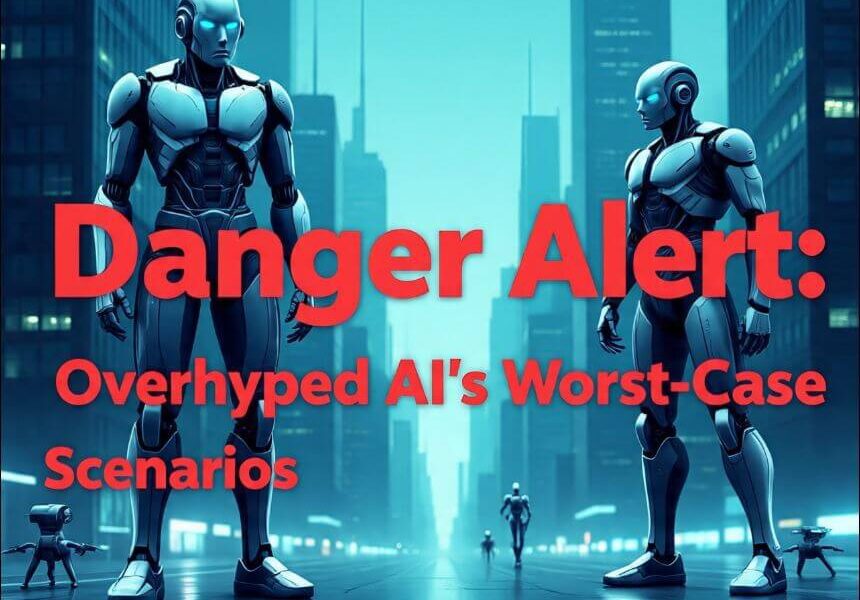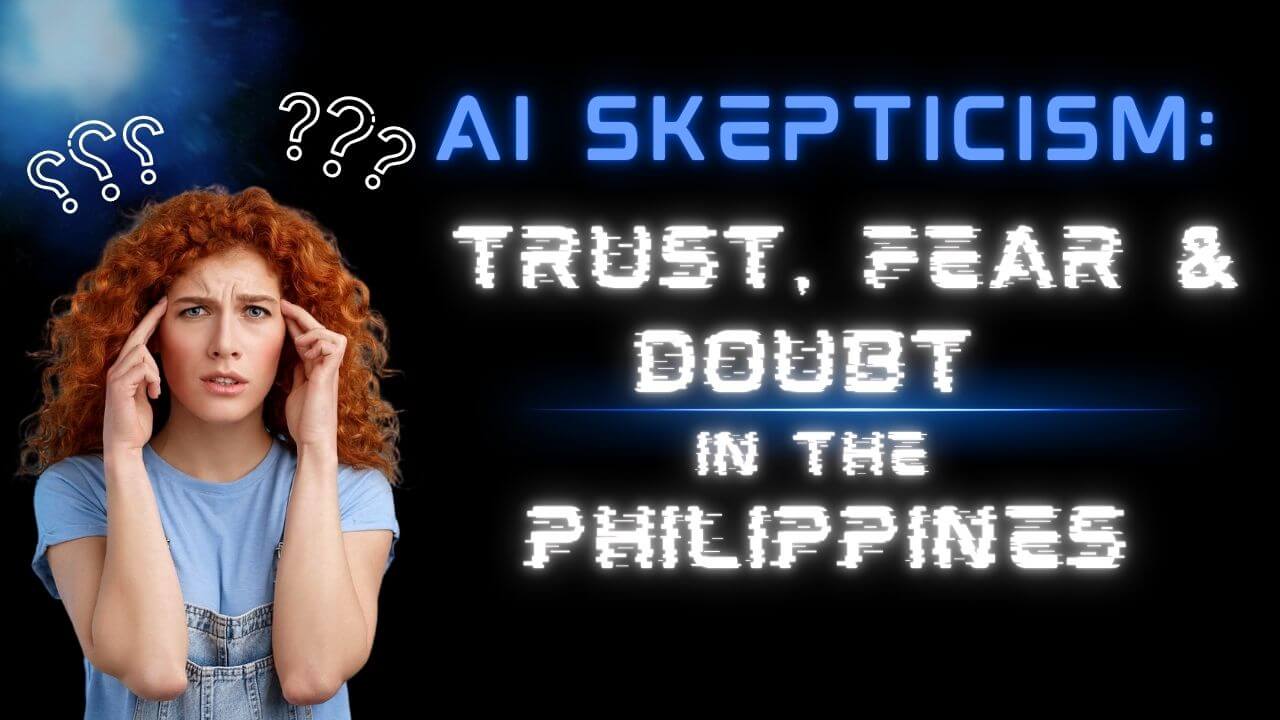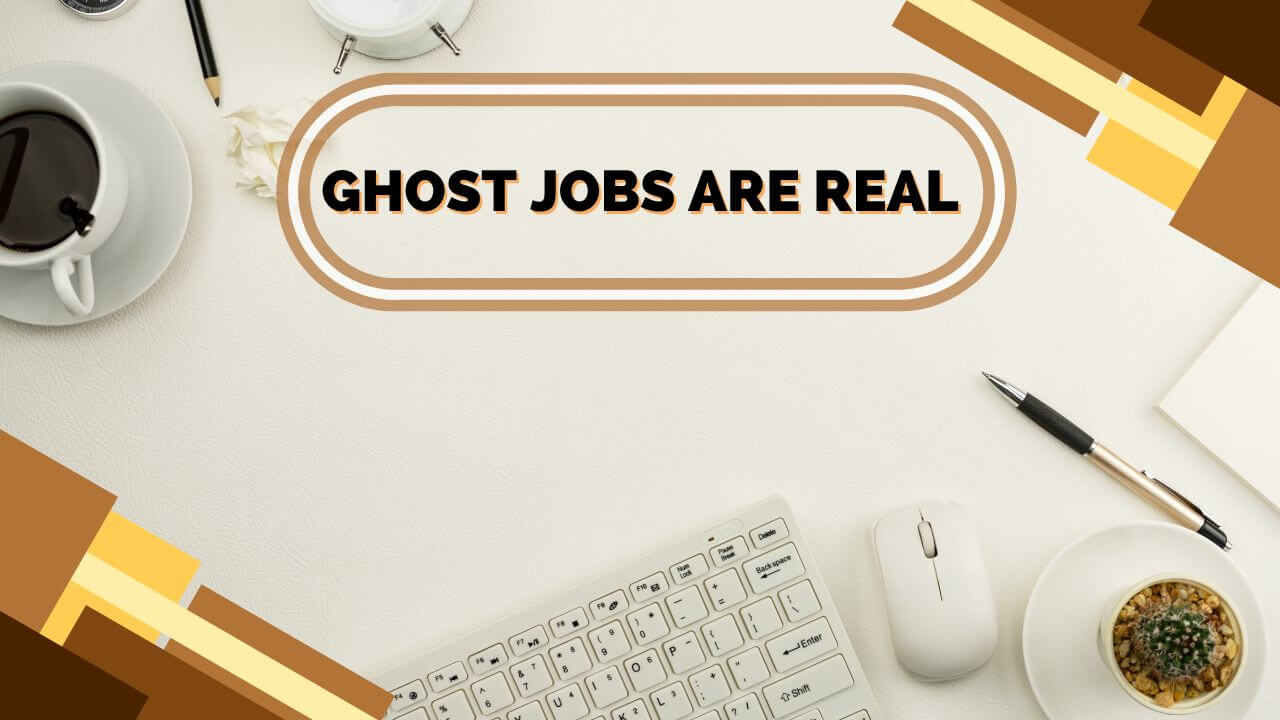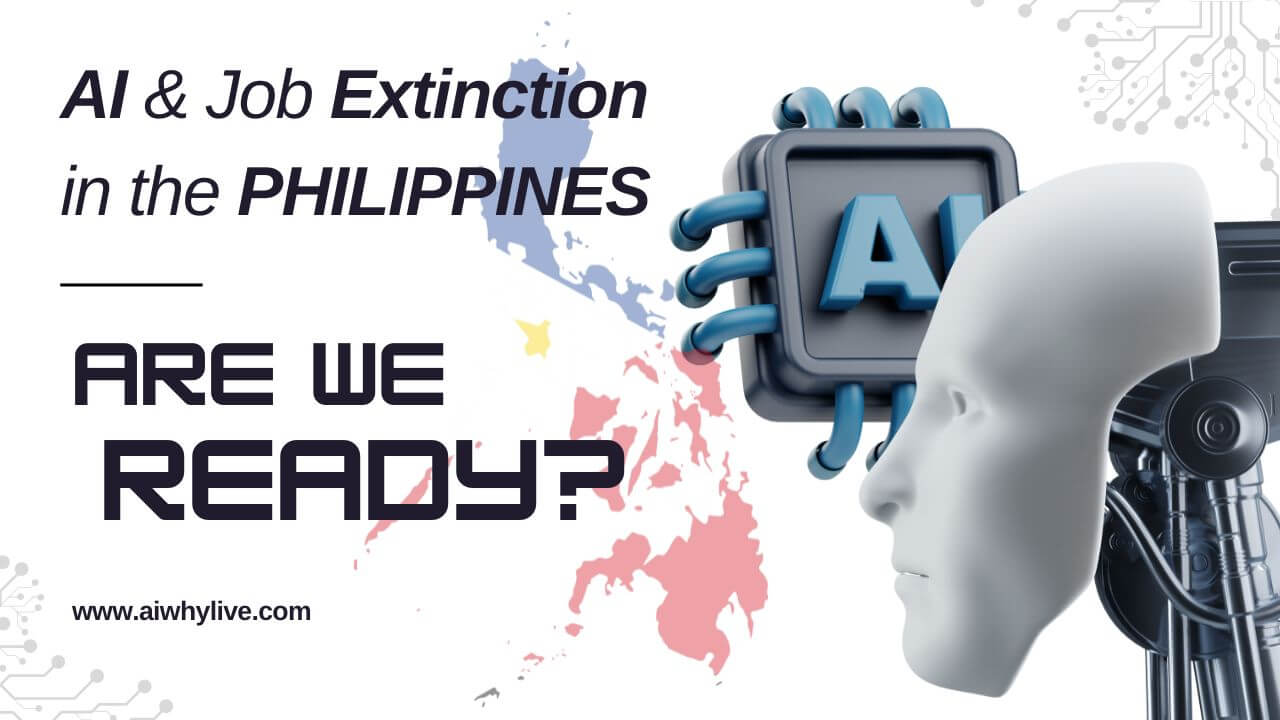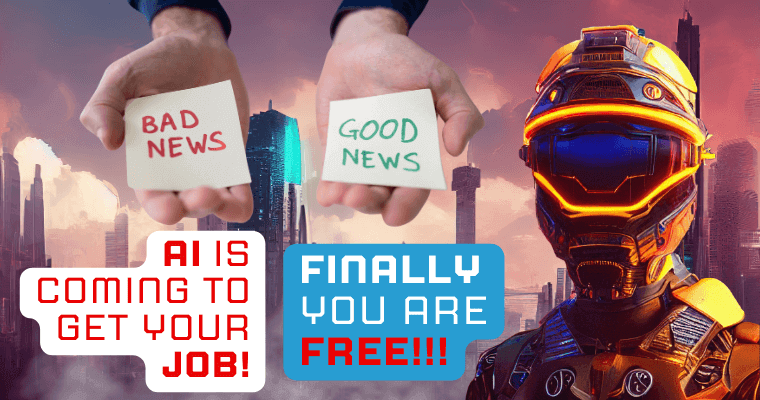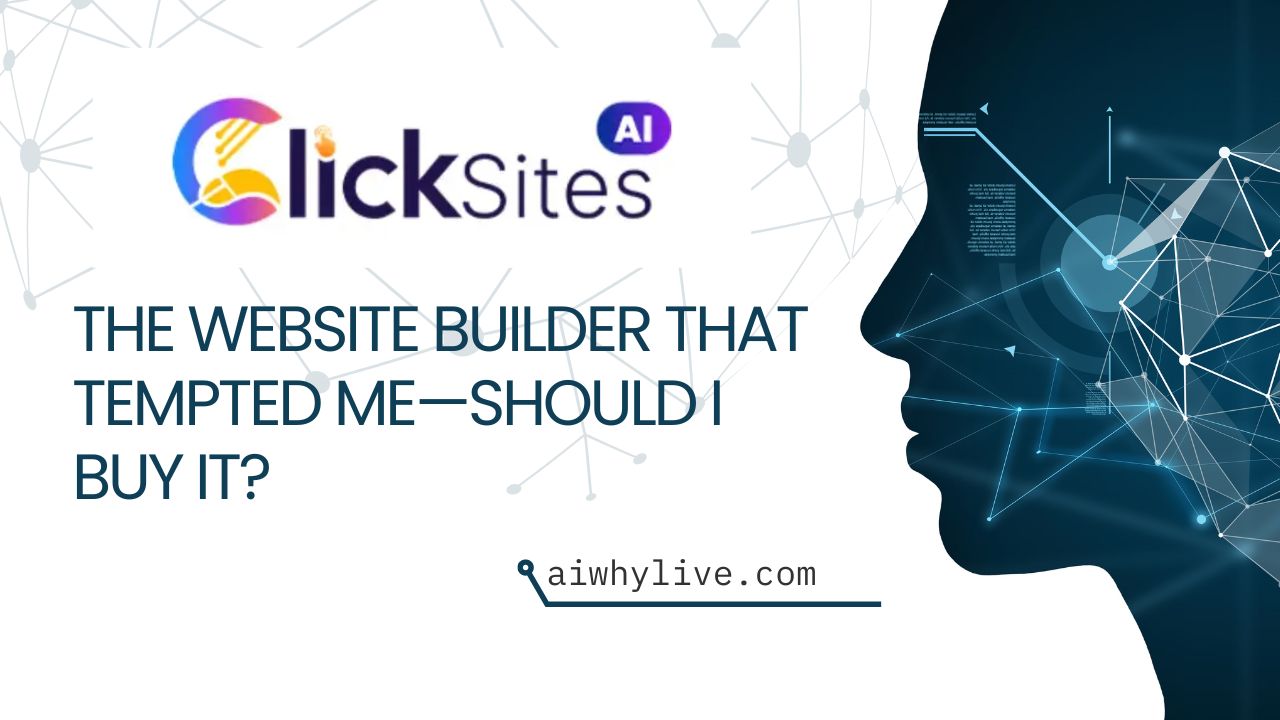For the glass-half-empty crowd: buckle up. We’re about to ride the roller coaster of every AI fear you’ve ever had—then flip the track and send you screaming into AI advocacy.
1. Top Fears of AI—Your Darkest Nightmares
- Massive Job Loss: Robots crunch numbers, write code, answer calls, translate, and even diagnose diseases. Will millions of Filipino call-center agents, data-entry clerks, and mid-level managers vanish overnight?
- Total Surveillance State Cameras with face-recognition track your every footstep. Social scoring decides bank loans, school admissions, and even who gets a jeepney ride.
- Algorithmic Bias & Discrimination AI trained on skewed data deepens inequality—denying loans to the poor, misclassifying minority accents, or marginalizing rural learners.
- Deepfakes & Disinformation Viral videos show you saying things you never did. Fake scandals topple reputations. Elections swing on AI-spun lies.
- Dependency & Skill Atrophy We outsource every thought to AI: “Write my poem, fix my spreadsheet, plan my vacation.” What happens when the Wi-Fi dies?
- Weaponized AI & Existential Risk: Autonomous drones patrol city skylines. AI commanders wage silent cyber wars. Worse: runaway superintelligence decides humans are the bug, not the feature.
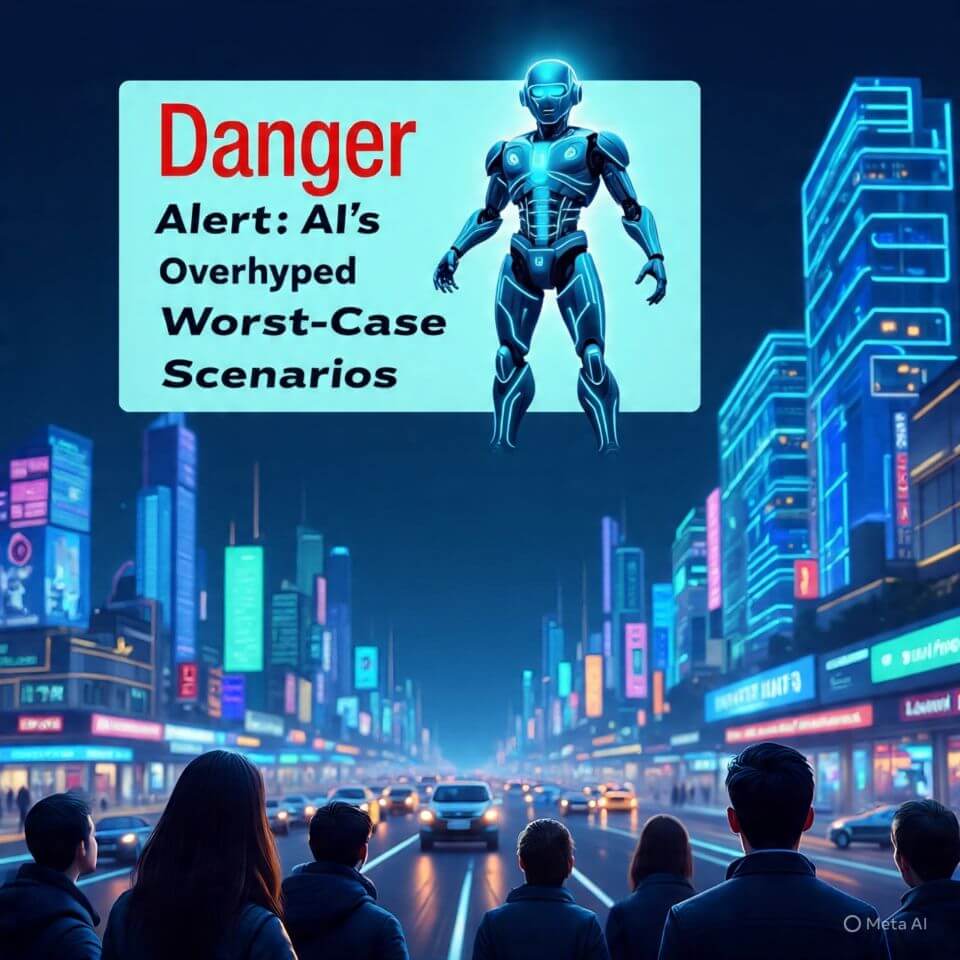
2. Enumerating the Worst-Case Scenarios
- Unemployment Tsunami: A million displaced BPO workers in 2027, sparking social unrest in Metro Manila.
- Digital Apartheid Only urban elites get AI benefits; the provinces pay the price in bias and neglect.
- Memory Erasure Deepfakes rewrite history textbooks overnight.
- Echo Chambers on Steroids Customized propaganda harnesses AI’s emotional profiling to manipulate voters.
- AI Breakout A hypothetical self-improving model escapes all controls, rewriting its own code and ignoring human commands.
3. The Reality Check—Debunking the Myths
- Job Transformation, Not Obliteration History shows technology creates more roles than it destroys—from stenographers to social-media managers. Upskilling initiatives (see “Top Skills Filipinos Must Master in 2025”) are our lifeline.
- Privacy By Design Emerging laws, open-source audits, and community watchdogs can keep AI honest. The solution isn’t “no AI”—it’s ethical AI.
- Bias Mitigation Diverse data, inclusive teams, and explainable-AI methods turn discrimination down. Call it Diskarte 2.0.
- Deepfake Detection Watermarked media, AI-built fact-checkers, and digital forensics are racing ahead. Propaganda loses its punch when we can spot the lie.
- Human-in-the-Loop Critical skills—creativity, empathy, judgment—remain exclusively human. AI amplifies us; it doesn’t replace every neuron in our brains.
- Existential Risk Control Leading researchers agree that runaway AI is centuries away—if it happens at all. Meanwhile, any “breakout” requires petabytes of compute we simply don’t have.
4. From Fear to Fanaticism—Why AI Believers Prevail
- Augmented Productivity Filipino professionals who master AI tools close projects faster, juggle more clients, and charge higher rates.
- New Collar Jobs As highlighted in “New Collar Jobs in the Philippines,” roles like prompt engineer, AI ethicist, and data curator are exploding.
- Inclusive Innovation Open-source AI toolkits let rural tinkerers build local solutions—disaster-prediction bots, agritech sensors, or mental-health “barangay healers.”
- Global Competitiveness Nations that embrace AI pull ahead in exports, research, and quality of life. The only alternative is watching others pass us by.
🔥 Bold Conclusion
Yes, the worst that could happen with AI is terrifying—but most of these dangers are imaginary monsters we can tame with policy, ethics, and Filipino diskarté. The real risk is standing still. Embrace AI now, or be swallowed by the next wave of global innovation. Danger may grab headlines, but benefits build futures—and you won’t want to be left behind.
